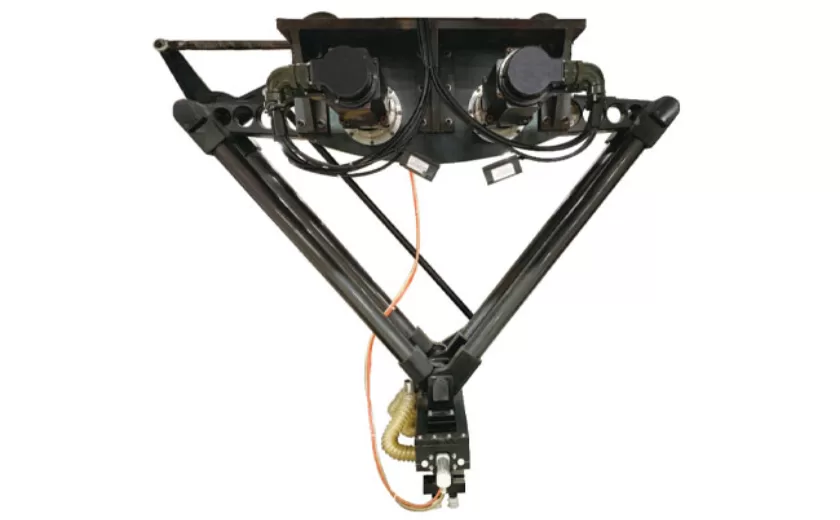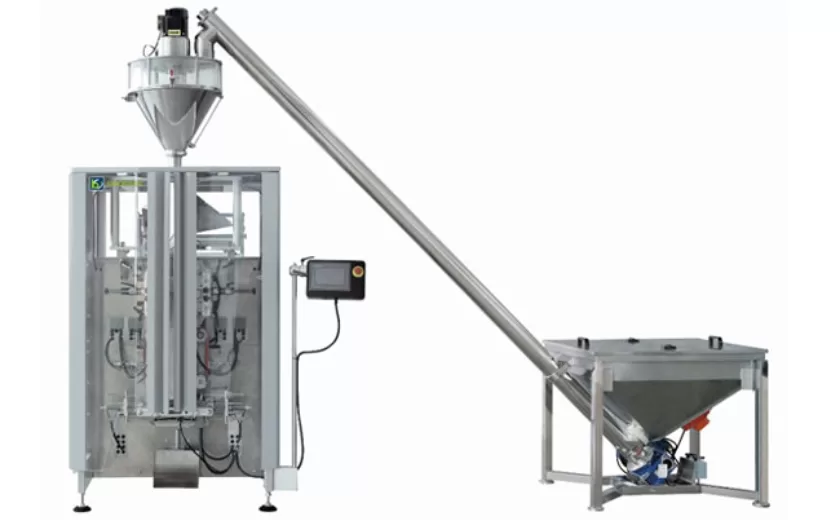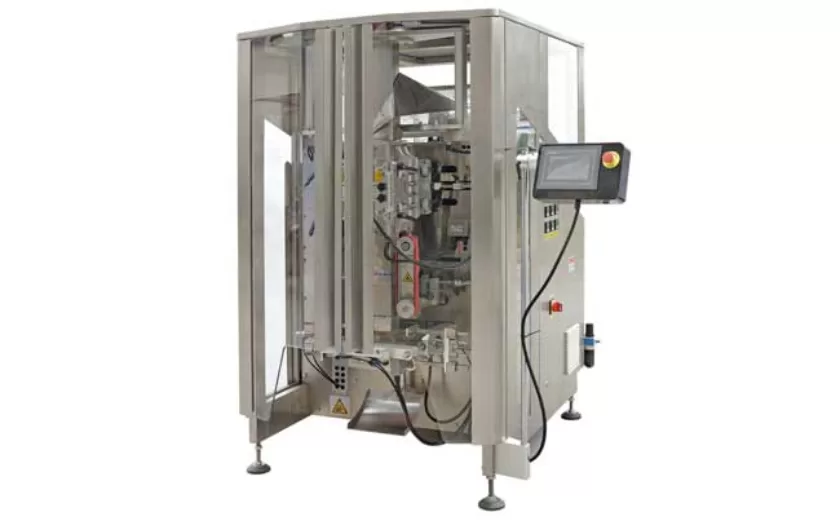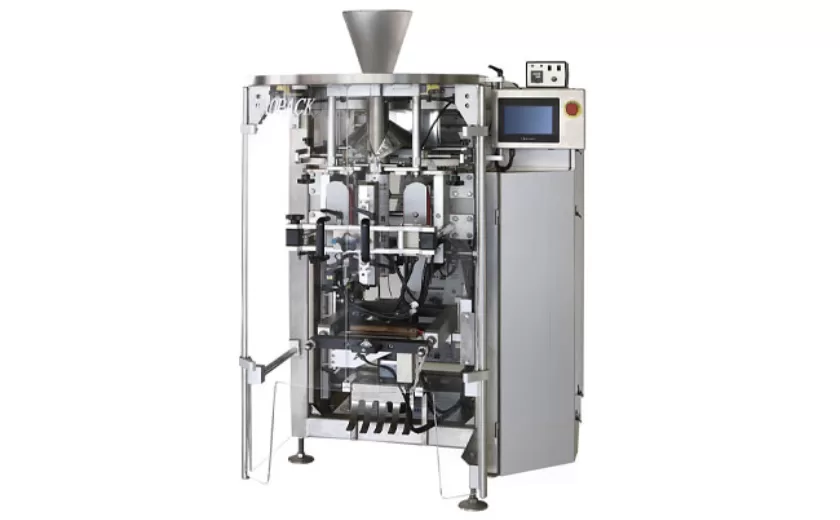How to Set Up and Calibrate Your Granule Packing Machine
As the demand for packaged granules continues to rise, setting up and calibrating granule packing machines has become increasingly crucial for manufacturers. A well-calibrated packing machine ensures accurate filling weights, minimizes product waste, and enhances overall production efficiency. Here’s a comprehensive guide on how to set up and calibrate your granule packing machine to achieve optimal performance:
1. Machine Placement and Installation
Begin by selecting a suitable location for the machine, ensuring ample space for operation and maintenance. Assemble the machine as per the manufacturer’s instructions, including installing the hopper, conveyor, and weighing system. Properly connect the electrical and pneumatic lines, following the provided schematics.
2. Product Properties and Feeding
Provide detailed information about the granules to be packed, including particle size, density, and flowability. Adjust the hopper and feeder settings accordingly to ensure smooth and consistent product flow into the packing machine. Calibrate the auger or volumetric system based on the product’s properties.
3. Tare Weight Adjustment
Tare weight refers to the weight of the empty packaging material. Determine the tare weight by placing an empty container on the weighing platform and recording the displayed value. Input this tare weight into the machine’s controller to automatically adjust for packaging material weight.
4. Filling Weight and Accuracy
Set the desired filling weight and adjust the auger speed or volumetric dosing settings until the target weight is consistently achieved. Conduct multiple test runs to verify accuracy and minimize deviations. Fine-tune the filling parameters further to optimize both speed and precision.
5. Bag Sealing and Discharge
Configure the bag sealing system to ensure airtight and reliable closures. Adjust the sealing temperature, sealing time, and pressure based on the packaging material and product requirements. Optimize the discharge system to prevent product jams and promote smooth bag ejection.
6. Monitoring and Calibration
Regularly monitor the packing machine’s performance, including filling accuracy, sealing quality, and overall efficiency. Conduct periodic calibrations to maintain optimal performance over time. Adjust the machine settings as needed to account for any environmental or product variations.
7. Maintenance and Troubleshooting
Follow the manufacturer’s recommended maintenance schedule, including cleaning, lubrication, and parts replacement. Address minor issues promptly to prevent more significant problems. Consult the user manual or contact technical support for troubleshooting assistance in case of more complex issues.
By carefully following these steps, you can ensure that your granule packing machine is set up and calibrated to deliver consistent, accurate, and efficient performance. This will minimize product waste, increase productivity, and enhance the overall quality of your packaged granules.
-
Advanced Packing Solutions: Snacks, Sugar, and Frozen Food Machines
29-10-2025 -
Efficient and Reliable Solutions for Salt, Nuts, and Frozen Dumplings Packing
29-10-2025 -
High-Performance Biscuits, Lollipop, and Ketchup Packing Machines for Modern Food Production
29-10-2025 -
Efficient Liquid Filling and Packing Machines for Modern Production
23-10-2025 -
Reliable Granule Packaging Machines for Efficient Production
23-10-2025 -
Efficient Auger Powder Filling Machines for Accurate Packaging
23-10-2025 -
High-Performance Liquid Filling and Packing Machines for Hygienic Production
10-10-2025 -
High-Efficiency Granule Packaging Machines for Precision and Speed
10-10-2025 -
High-Precision Auger Type Powder Filling Machines for Efficient Packaging
10-10-2025 -
Efficient Vertical Form Fill Seal Packaging Machines for Smart Production
10-10-2025











